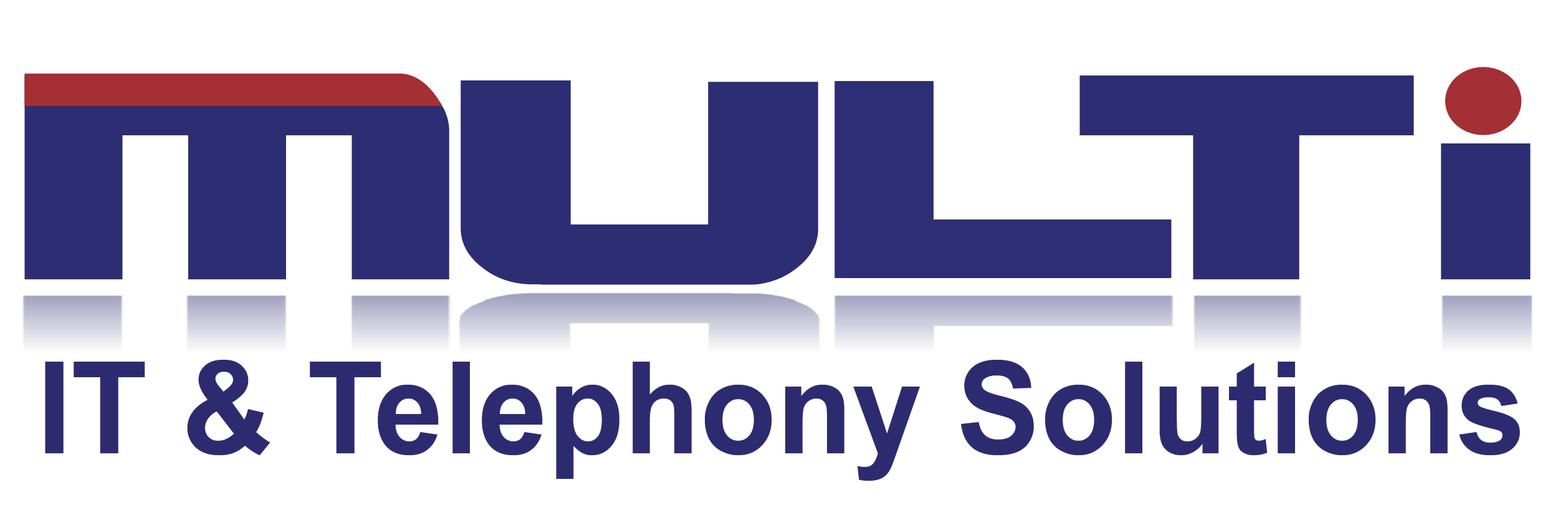While some businesses do not bother with an IT Budget, they can be extremely worthwhile. Besides helping you manage costs, an IT budget can highlight areas where you might need to invest more resources. It can also keep you on track in meeting your financial goals.
Here are eight tips that can help you prepare an effective IT budget for 2016:
1. Take the Time
An IT budget is not something you can throw together in a day. It takes time and thought to create one that will help your company grow. It also requires input from your management team, as your IT systems are likely being used in many different areas of your business.
Further, an IT budget is not something you should file away and forget about once it is created. You should take time each month to check and update your budget as needed.
2. Look to the Present and Past to Predict the Future
A good way to begin your 2016 IT budget is to create a baseline budget that shows your IT expenses and income for the current year. You can then adjust it to account for anticipated changes in 2016. Examining your IT budgets from previous years can give you an idea of how variable revenue and costs have fluctuated from month to month, quarter to quarter, and year to year.
3. Do Not Try to Budget Down to the Last Cent
IT budgets are designed to only estimate where money will be coming in and going out. They are not accounting ledgers, so you do not need to account for every last cent.
Because you are just estimating your IT expenses and revenue, do not be surprised if your projections are wrong. You can adjust them as needed when you review your budget each month.
4. Align Your IT Budget with Your Company’s Strategic Goals
IT systems can help or hinder a company’s efforts to meet its strategic goals. For example, meeting the goal of improving customer retention is more easily achievable with a fast, reliable web ordering system than a slow, quirky one. Budgeting IT improvements in areas that support your company’s strategic goals will help turn IT into a profit centre rather than a cost centre.
5. Budget for Hardware and Software Updates and Replacements
Many companies have outdated hardware and software because they do not keep track of when these resources should be updated or replaced. As a result, employees often use them until they fail. These failures can lead to many other problems, including lost productivity, security risks, and even system downtime.
A better approach is to use an asset management system to track when hardware and software need updates or are approaching the end of their life. That way, you can budget for upgrades and replacements. This will help you avoid the additional costs and hassles of dealing with failed hardware and software.
6. Invest in Measures That Will Improve Security
Cybercrime is on the rise, as studies by Symantec and ThreatMetrix show. However, many companies do not adequately invest in IT security.
A Spiceworks study found that 59 percent of IT professionals feel their organisations do not adequately invest in IT security. This is corroborated by the finding that those organisations plan to spend only 9 percent of their software budget, or 6 percent of their total budget, on security measures in 2016. Given the prevalence of cybercrime, spending more on security measures is a wise investment.
7. Do Some Calculations before Treating Cloud Costs as Operational Expenses
A Computer Economics study found that 56 percent of organisations plan to increase spending on cloud applications. In budgets, companies often list cloud costs as operational expenses so that they can increase or decrease them as needed. This gives companies more flexibility to meet financial goals. However, if you plan to use a cloud application for many years, it might be cheaper in the long run to treat the cloud costs as a fixed amortisation expense.
8. Do Not Postpone or Cancel IT Training to Reduce Costs
Training is a discretionary expense in budgets, so companies often schedule IT training later in the year. That way, if they need to reduce costs, they can simply delay or cancel the training and remove that cost from the budget. However, delaying or canceling IT training can lead to more problems down the road, especially if it is security-related training for employees.
For any information on preparing your IT budget or if you would like your IT budget prepared for you like our managed service customers receive please contact Multi on 08600 Multi (68584) or email [email protected].

